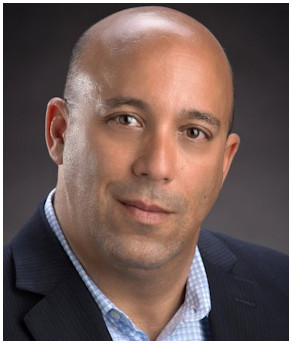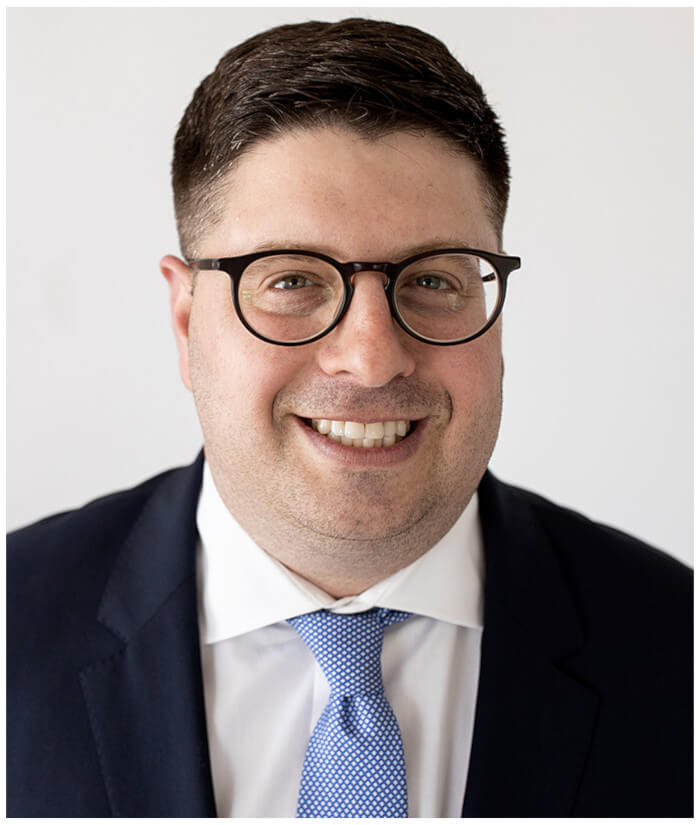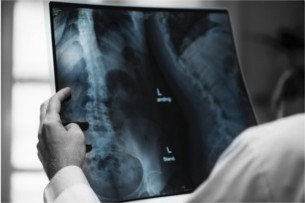Bullying culture in hospitals hurts employees and patients
“Bullying” has been a hot topic over the past few years; and though you may associate bullying with playgrounds and schoolyards, the truth is that bullying happens in all walks of life and in all kinds of cultures and industries around the globe. The medical field, according to one report, is no different and the bullying involved likely impacts the care that patients receive.
The report described a culture where subordinates are routinely bullied and chastised for minor acts, and even for things that are impossible (such as being criticized for not being in two places at the same time). The biggest issue the report presents is “microaggressions,” which are subtle acts or digs that shame medical employees, affect their confidence and meddle with their psychological and emotional wellbeing.
These “microaggressions” can range from a sarcastic tone from a supervisor aimed at a subordinate, or calling someone by their rank instead of their name. These may seem like minor things, but over time they accumulate and affect a person’s mood — and ultimately create a culture.
This culture is one of combative employees where lower-level people may not share as much information as they should with their supervisors because they fear how they will react. This directly impacts patient care. If a nurse is afraid to tell a bullying attending doctor information because that doctor has shamed the nurse before for reciting too much information, then the doctor may miss something critical. The patient, then, is the one who feels the wrath.
So why is the medical field like this? The writer of the report says it comes from a misperception that being hard on subordinates makes them improve and strive to be better — when in fact it is counterproductive.
Source: Fierce Healthcare, “Hospital bullies pose a danger to patient safety,” Zack Budryk, Feb. 3, 2014




